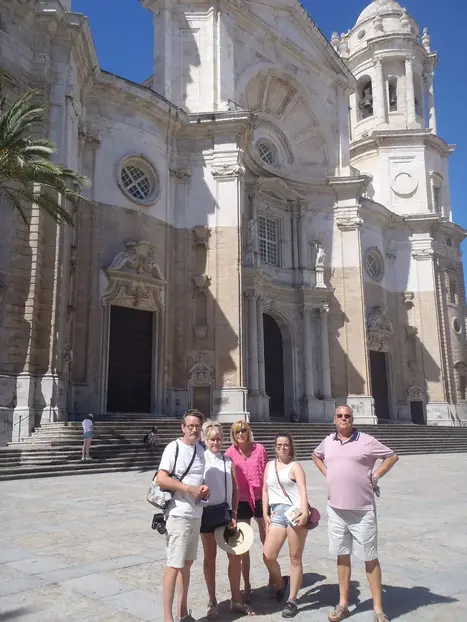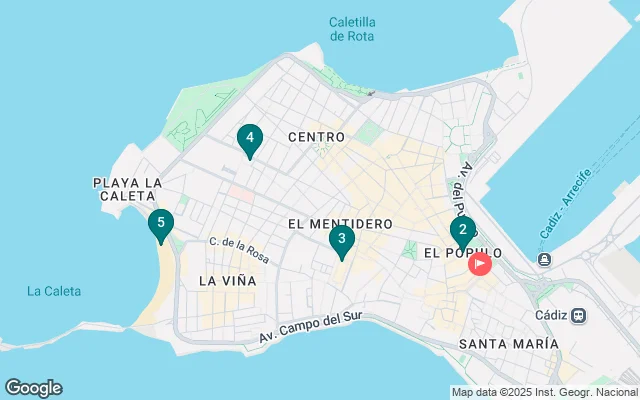




















The revolutionary Cádiz
Tour description
Cádiz and its 3000 years of history are enough to understand how a city has been measured between different cultures, dominations, uprisings and struggles. We started with the Phoenician Gadir, one of the first commercial experiences in the western Mediterranean, so the current port can show us that maritime and open character, as evidenced by the Roman presence and, for example, its infrastructures such as the theater. Advancing in Christian Europe, that of conquest that does not reconquer, a visit to the Pópulo neighborhood and its system of arches and remains of walls remind us of that past of invasions and sieges. During the Modern Age, colonial America was well worth a war or many of them for the commercial monopoly as the old contracting house reminds us. Advancing a little more among revolutionaries, times of athenaeums with their mentideros full of liberals appear La Pepa and his monument, the figure of Moret, and of course, the most revolutionary of all Fermín Salvochea, so a walk through the Plaza Candelaria and its Expropriated ecclesiastical properties will remind us of this unique moment with the scourge of federalism and regionalism. To conclude, what better way than to replenish energy on a terrace in the Plaza de las Flores and remember Topete, an admiral who could have been from Cádiz because a "Cádiz was born where he pleased" was one of the leaders of La Gloriosa por la that Elizabeth II said goodbye to Spain, at least for a few years. And what better way to say goodbye than with a visit to the Provincial Museum, where we can see all the heritage and material remains of these people and their imprint on the town of Cádiz, including paintings by the Baroque master Rubens or Murillo, among many others, in addition to a section of ethnography with marionettes famous for the popular culture of the s. XIX.
What will we see on this tour?





